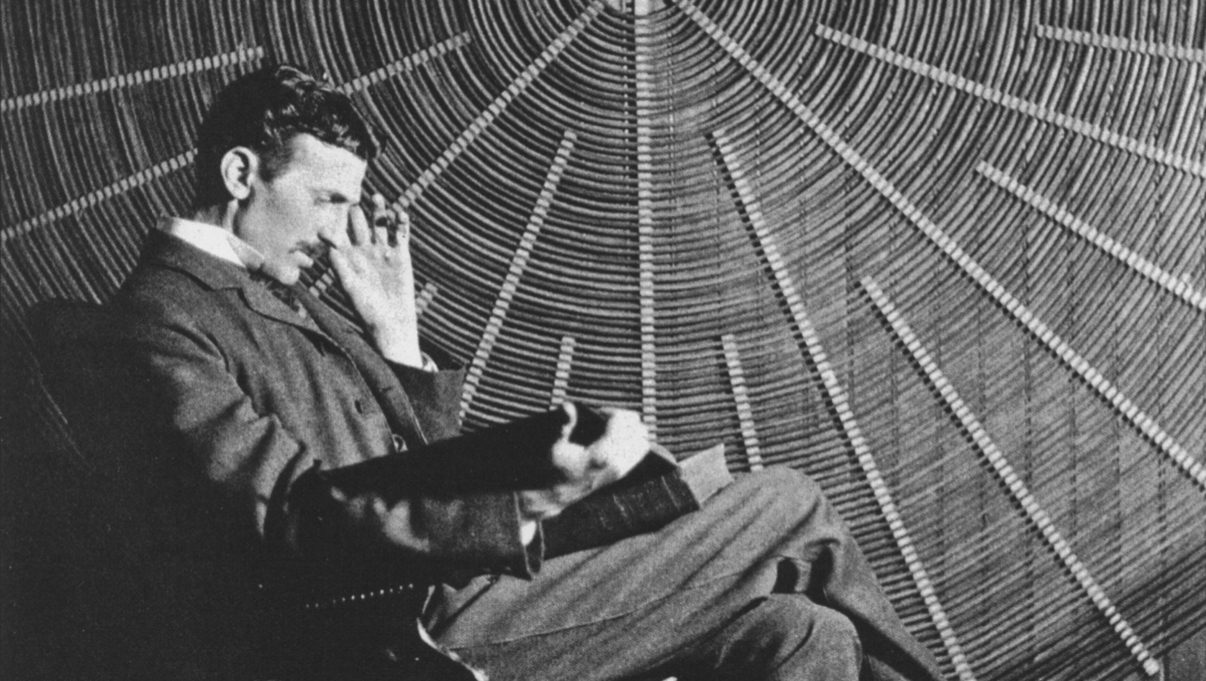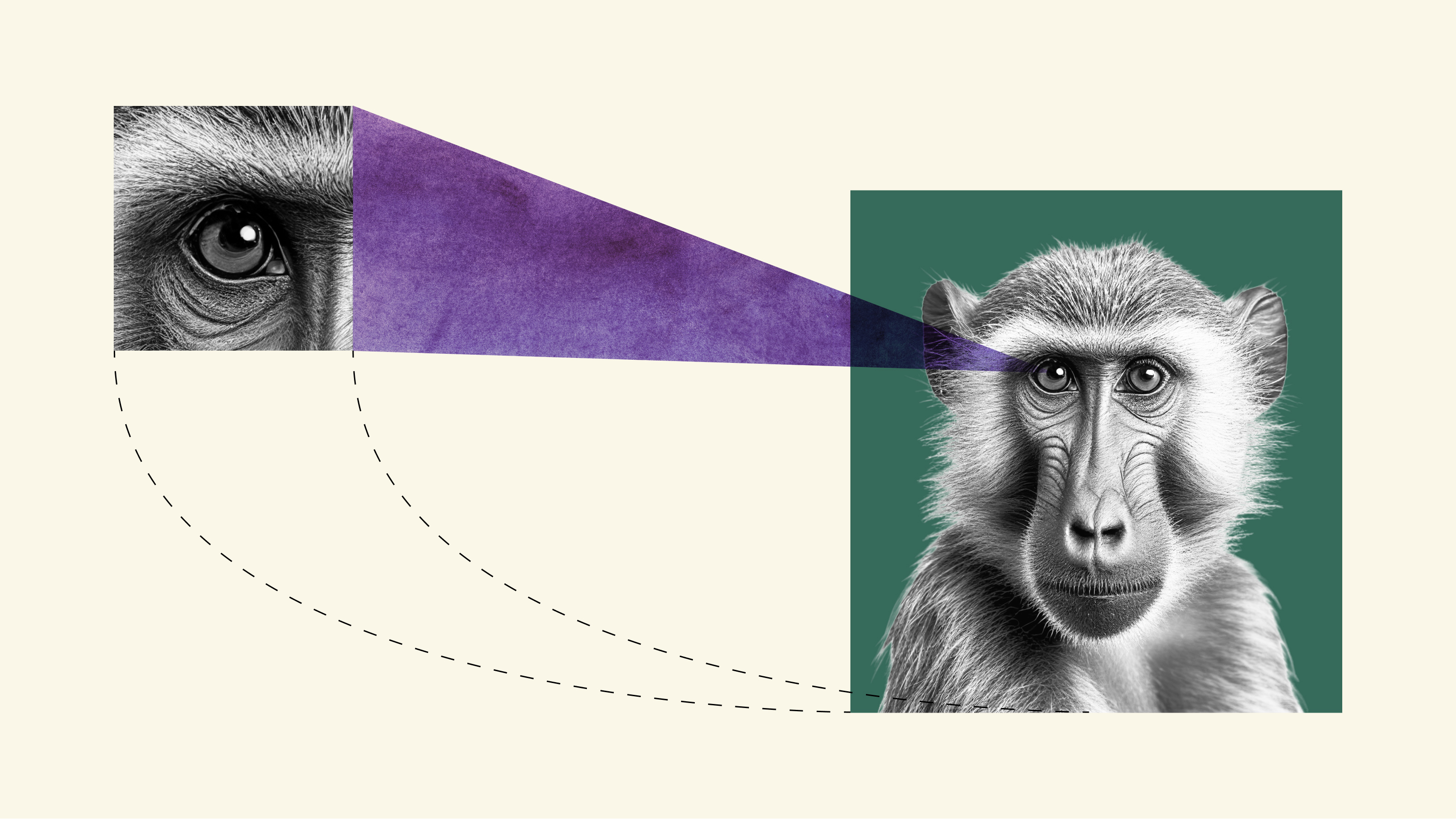Breakthrough treatment may cure 50% of all cases of blindness

Macular degeneration, an age-related condition that results eventually in blindness, has been successfully treated in two elderly patients in the United Kingdom.
The breakthrough happened using a form of stem cell treatment, and the result has millions hoping for a treatment and cure to be ready for deployment to the general population sooner rather than later.
The eye disease is responsible for half of all cases of blindness worldwide. The culprit? Cells behind the light-sensitive rods and cones that make up the retina begin break down; “retinal pigment epithelium,” it’s called. That layer of cells both removes waste and transports nutrients. When they begin to fail, materials that build up kill surrounding cells.

Over time, the degeneration causes a blind spot that starts to interfere with vision; this begins around age 50 for those afflicted and it gradually gets worse.
The position of the blind spots are in a tiny area called the macula, which interprets fine details in our vision; the more spots, the less detail we can see.
Recognizing human faces, watching television, using computers and phones, and even reading are compromised.
Two other therapies for this condition, one involving injections—with a needle… directly into the eye—and one involving inserting a virus into the eye, both have various limitations, so this particular therapy shows great promise.
It works like this: A patch of embryonic stem cells specifically engineered and measuring just 40 microns thick and 4×6 mm wide, is inserted into the retina and begins to repair the damage.
“In the months before the operation, my sight was really poor and I couldn’t see anything out of my right eye,” 86-year-old Douglas Waters, one of the test subjects, told the BBC.
“It’s brilliant what the team have done and I feel so lucky to have been given my sight back.” He can now read a newspaper again.
Ophthalmologist Pete Coffey from the University College London’s Institute of Ophthalmology sees optimism in the tests. “We hope this will lead to an affordable ‘off-the-shelf’ therapy that could be made available to NHS patients within the next five years.”
It will be tested next in eight subjects to see how they do. Predictions are that, if successful, this treatment will be available in five years.





